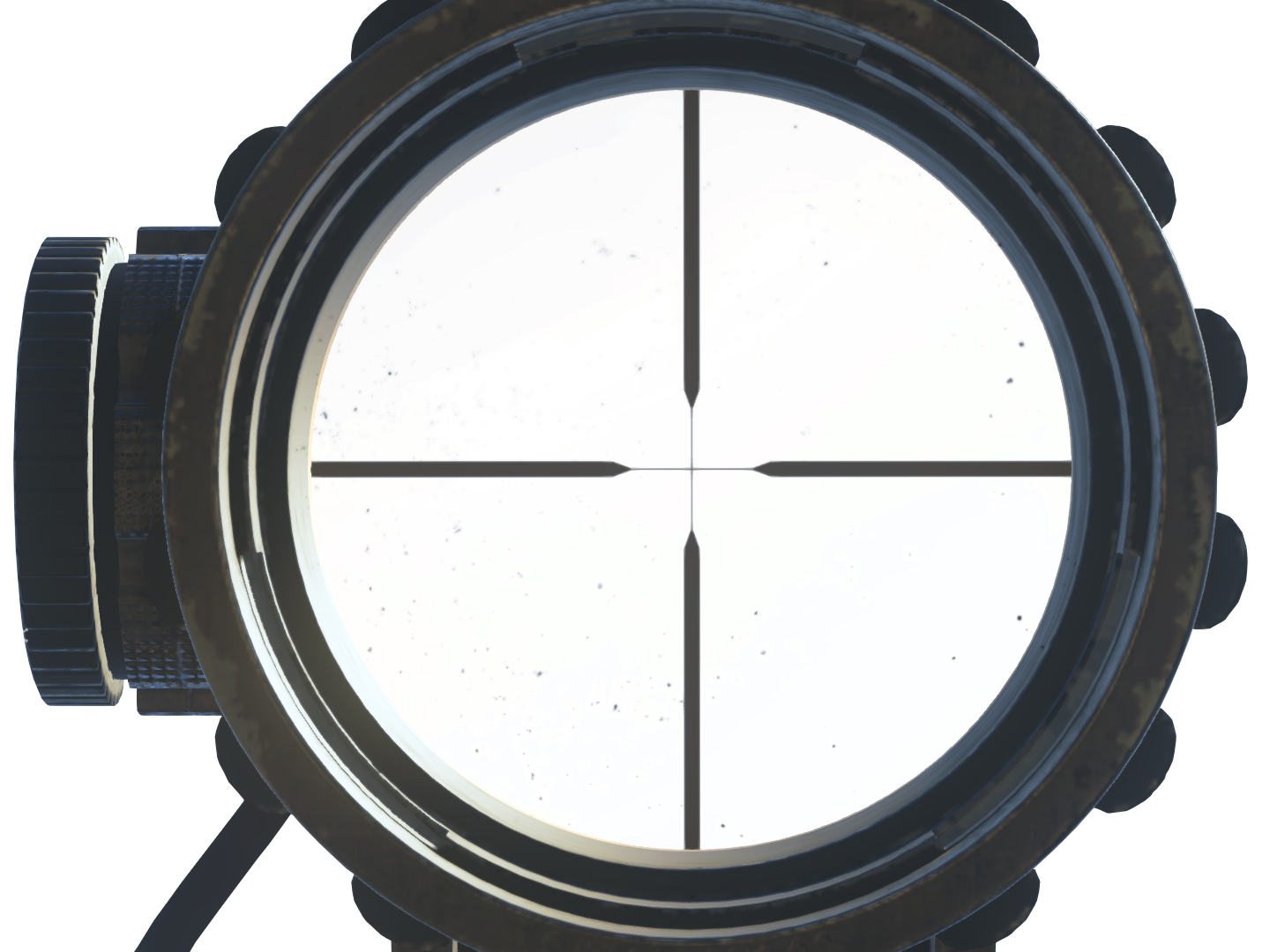As the world progresses towards advanced medical technologies, the question emerges: what is the scope of M.Sc. (Medical Physics) in India? This academic discipline, situated at the interstice of physics and medicine, is pivotal for the development of healthcare technology and the optimization of clinical practices. With a burgeoning healthcare sector, it beckons not only aspirants in India but also poses a fascinating challenge—how can graduates chart a course to navigate the complexities of this field?
To understand the scope of M.Sc. (Medical Physics) in India, one must first engage with the foundational aspects of the discipline. Medical Physics encompasses the application of physics principles to medicine, particularly in the diagnosis and treatment of diseases. This includes the use of ionizing radiation for therapeutic and diagnostic purposes, the design and usage of medical imaging systems, and the development of radiation protection technologies. Given the nation’s increasing reliance on sophisticated medical apparatus and radiation therapies, the demand for trained professionals remains paramount.
India’s healthcare sector is witnessing rapid expansion and transformation. The advent of new technologies and treatments, alongside the exigency for precision in therapeutic interventions, has propelled these demands even further. Consequently, the career opportunities for graduates of M.Sc. (Medical Physics) are manifold. Affected by the demographic trend towards an aging population and an ever-increasing burden of chronic diseases, the healthcare landscape is ripe for innovation and intervention, creating a fertile ground for this specialization.
The scope of M.Sc. (Medical Physics) graduates can be categorized into several avenues:
- Clinical Practice: One of the most direct career paths for Medical Physics graduates is in clinical settings, including hospitals and specialized medical facilities. Roles such as Clinical Medical Physicist involve working directly with oncologists and radiologists to ensure the accurate application of radiation therapy, monitor radiation safety, and conduct quality assurance for medical equipment.
- Research and Development: The R&D aspect is burgeoning. Graduates may engage in innovative research projects to develop new diagnostic tools or enhance existing technologies. This can take place in academic institutions, governmental research organizations, or private industries focused on healthcare technology.
- Academic and Teaching Roles: With an increasing influx of students opting for allied health sciences, there is a growing need for qualified educators. Medical Physics graduates can pursue careers as faculty members in universities, teaching the next generation of medical physicists while engaging in scholarly research.
- Quality Assurance and Radiation Safety: Ensuring compliance with safety regulations is critical. Medical Physics graduates often take on responsibilities related to quality assurance programs that deal with the safe use of radiation in medical settings, thereby protecting both patients and healthcare providers.
- Consultancy: Providing expertise as clinical consultants can also prove rewarding. Medical Physics professionals often lend their specialized knowledge to hospitals and clinics, offering insights on equipment selection, operational processes, and safety protocols.
In light of these burgeoning opportunities, one might inquire about the requisite qualifications and skill sets necessary for these roles. A robust understanding of physics, mathematics, and medical technology is indispensable. Furthermore, attributes such as analytical thinking, problem-solving capabilities, and excellent communication skills are increasingly valued. Engagement with multidisciplinary teams necessitates proficiency in collaboration, a vital competency in today’s integrated healthcare environments.
While the landscape appears inviting, it is not devoid of challenges. One significant hurdle is the necessity for accreditation and certification for practicing medical physicists in India. The Board of Radiation and Isotope Technology (BRIT) offers certification examinations, and graduates must navigate this labyrinth of regulatory compliance. Additionally, the salary structure and recognition of medical physicists have often lagged behind that of other allied health professionals. Ensuring competitive remuneration and professional respect is an ongoing challenge that the community must tackle.
Emerging technologies pose both opportunities and challenges for Medical Physics graduates. For instance, the integration of artificial intelligence and machine learning into medical imaging and treatment planning represents a paradigm shift. Graduates must not only stay abreast of technological advancement but also possess the acumen to adapt and exploit these tools for clinical benefit. This dynamic landscape invites a playful question: how prepared are professionals to pivot in the face of rapid changes within the field?
In recent years, India’s ambitious initiatives to elevate healthcare through schemes like the Ayushman Bharat have highlighted the critical need for professionals in Medical Physics. The intersection of healthcare accessibility and technological advancement can give rise to innovative roles tailored to meet specific regional health issues. The multicultural tapestry of India, with its diverse health challenges, beckons medical physicists to contribute meaningfully to localized health solutions.
Moreover, international collaborations and exchanges are increasingly common, providing countless avenues for Indian graduates to gain global experience. Such initiatives not only enhance expertise but also promote the exchange of innovative practices and therapeutic techniques.
In conclusion, the scope of M.Sc. (Medical Physics) in India is undeniably extensive and evolving. The blend of clinical application, research opportunities, and teaching potential presents a multifaceted career trajectory. However, navigating this promising landscape necessitates an understanding of regulatory frameworks, a commitment to lifelong learning, and the willingness to adapt to technological transformations. As the field continues to grow, the significance of Medical Physics in enhancing patient care and redefining healthcare standards cannot be overemphasized. With a proactive approach, graduates can not only carve out their niche but also contribute to the broader discourse on health innovation in India.












